Historical Hobbies: How to Make An Eighteenth Century Wedding Cake

Hello all! My name is Sarah and I am the face behind a new website called ‘Curious Confectionaries’. I am delighted to be working with The Historian Next Door and hopefully teach you a little, or maybe a lot, about the history of cake and confectionaries.
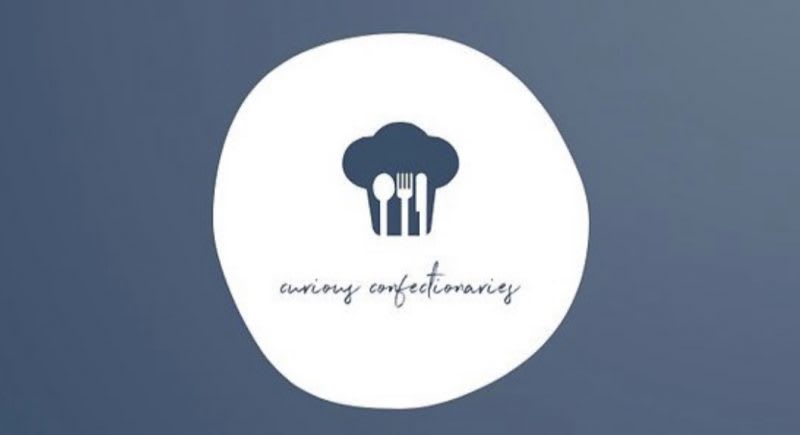
But firstly let me tell you a little bit about myself and where the idea for this website came from.
I have recently finished my Public History MA at Royal Holloway, University of London – A course all about how to communicate history to the public through different media!
My two loves in life are food and history. So I decided there would be nothing better than to bring them together on one platform! I wanted the public to be able to TASTE history and start a conversation about the past around the dinner table. This was the start of Curious Confectionaries…
For my MA final project, I created a website that told the history of sweet ingredients, with the addition of eighteenth century confectionary recipes and video tutorials for you to try at home!
I thought I would also write this blog post about one particular eighteenth century cake I became fascinated by over my months of research…
Bride Cake
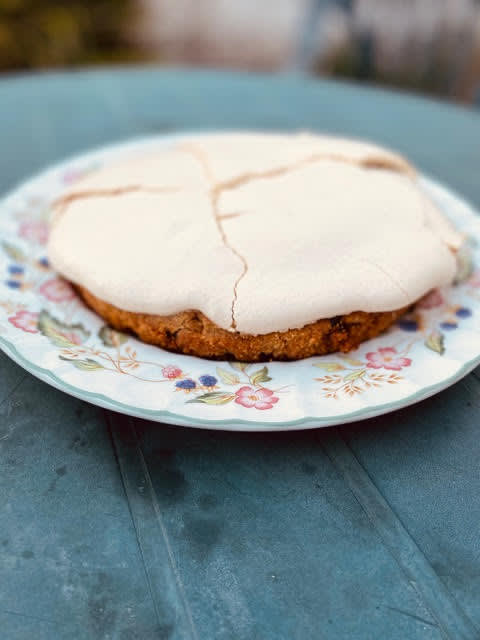
I feel like the first question that would be best to answer is:
Why is it called ‘Bride Cake’ and where is the recipe from?
It’s the early modern wedding cake!
In the seventeenth century two cakes were made for a wedding- one for the bride and one for the groom.
The groom’s cake was usually a rich fruit cake and much darker in colour. Whereas, a bride’s cake was usually a pound cake which was a straightforward sponge mixture with the addition of raisins and spices and iced with white icing.
The groom’s cake soon died out and the bride’s cake became centre stage at a wedding – later evolving into the tiered wedding cake we know and love today.
By the nineteenth century, bride’s cakes became incredibly popular among those who could afford the luxury!
This answer led to even more questions: why a fruit cake and why icing?
Well, white icing was used on a brides cakes as the colour white was a sign of virginity and purity and fruit cake was the most popular flavour of cake as it was a sign of fertility and prosperity- the potential of children was something a man desired from a wife.
This particular recipe is from Hannah Glasse, The Complete Confectioner, published in 1760.



Hannah Glasse was a popular English cookery writer. She published a number of guides over the eighteenth century including The Art of Cookery Made Plain and Easy (1747) and The Complete Confectioner (1760) for the accomplished housewife. The publication of recipe books and advice manuals were incredibly popular during the eighteenth century for the average middle class housewife. They detailed how people should lead their lives as well as providing a wealth of exotic recipes appropriate the middle and upper classes.
It is the first cake I found from the eighteenth century that was topped with icing, which made me wonder… When was the first icing invented and what did it look like? It then sparked a whole load of other questions including: Why are cakes round and did they look like the cakes we have today?
I now have the answers…
Cakes made with refined self-raising flour and baking powder did not exist until the nineteenth century. Instead, cakes varied depending on the available ingredients and appear to be more dense compared to modern standards. Imagine the cakes we have today but cut in half! Most cakes made at this time also contained dried fruit for the added sweetness.
Why are cakes round?
The round cakes we know today descend from ancient bread. These ancient breads and cakes were made by hand and moulded into round balls baked on hearthstones, griddles or in shallow pans. Once baked, these breads/cakes would relax into a large round shape.
By the seventeenth century, cake hoops were invented (a round mould) and would be placed on flat pans to create this same shape before cooking in a ‘range’- an oven similar to the modern-day Aga. These hoops were very similar to our modern flan rings.
What do cakes symbolise?
Round & circular shaped cakes symbolise the cyclical nature of life.
Even today, people traditionally serve cakes on special occasions: birthdays, weddings and anniversaries- the most significant times in the circle of life!
Before the modern day, people used cakes as an offering to certain gods and spirits who controlled these particular times of the year or aspects of life.
When was icing invented?
Icing was first invented in the eighteenth century!
The recipe for Bride Cake is one of the few cake recipes of the period that feature the sweet addition. The first icing, was made from a mixture of sugar, egg whites and whatever flavourings you desired.
The icing would be poured over the cake and returned to the oven to cook.
It appears to resemble a meringue, adding a new sweet texture to the cake.
Later in the nineteenth century, when Queen Victoria used icing on her own Brides Cake at her wedding, it gained the new title ‘Royal Icing’!
The Recipe for Bride’s Cake:
Give it a go yourself!
Ingredients
For the Cake
400g of Plain Flour
400g of Unsalted Butter
200g of Caster Sugar
1 tsp of Allspice
1 tsp of Nutmeg
8 Eggs
200g of Currants
100g of Ground Almonds
2 Orange Peel
2 Lemon Peel
70ml of Brandy (optional)
For the Icing
2 Egg Whites
150g of Caster Sugar
100g of Ground Almonds
1 tsp of Rose Water
Method
For the Cake
1. Preheat the oven to 190°c/Fan 180°c/Gas 5 and butter the cake tins.
2. Work the sugar and butter into a cream
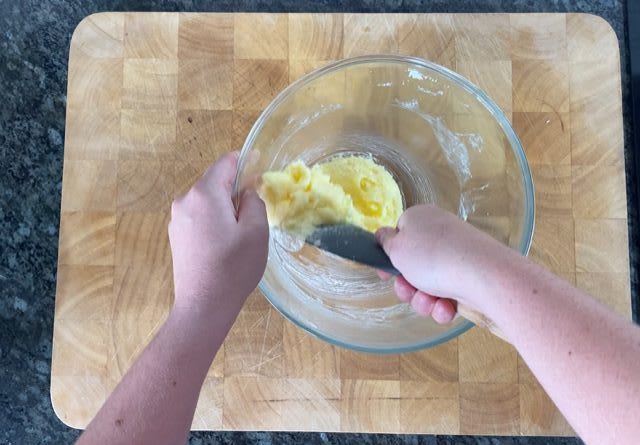
3. Whisk up whites of eggs in a separate mixing bowl. Once it turns into a froth add to the butter and sugar mixture.
4. Once mixed together, add the yolks, flour, all spice, and nutmeg and beat well together until a smooth creamy mixture
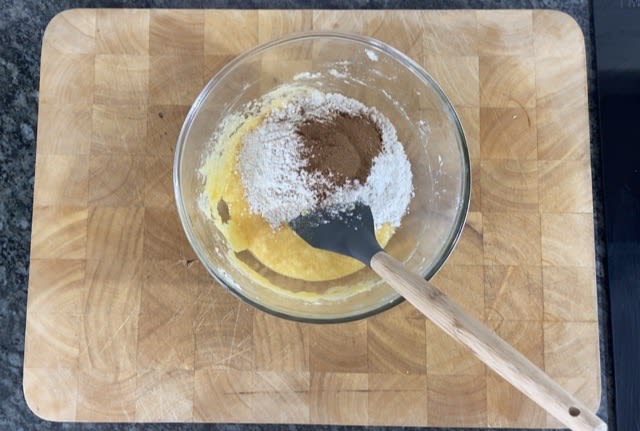
5. Finally add the currants, brandy (if you’re using it), orange and lemon peel and ground almonds to the mix and beat until it comes together into a smooth cake batter.
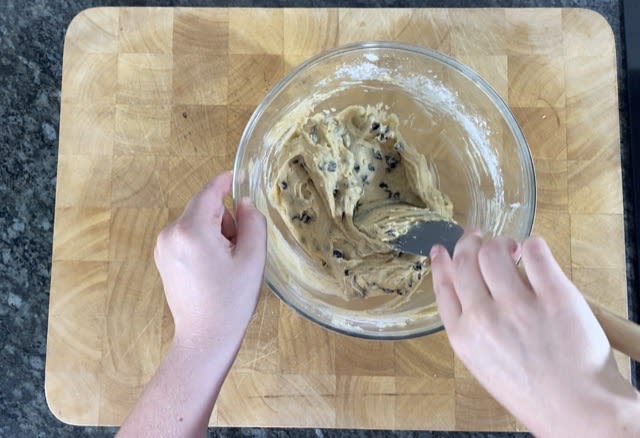
6. Spoon the mixture into the cake tins and bake for 25-30 mins or until the cake springs back when touched.
For the Icing
1. Whisk the egg whites and caster sugar together until stiff peaks
2. Fold in the ground almonds and rose water to the mixture
3. Spread over the cake and then put the cake back in oven to set for 20 minutes. Serve.
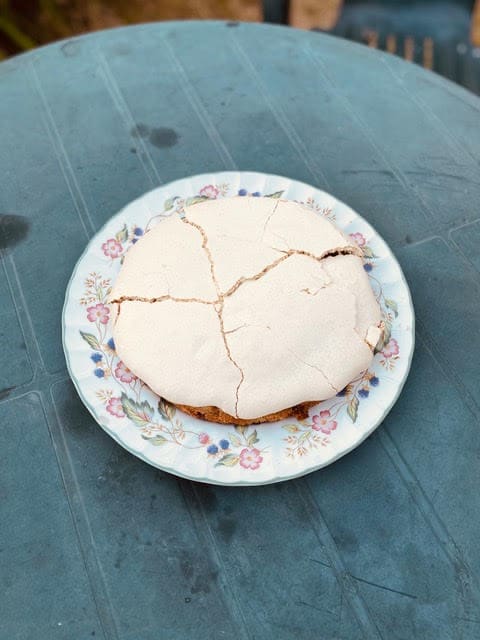
You can find more historical food facts and recipes on the Curious Confectionaries website at www.curious-confectionaries.com, on Instagram at @curious.confectionaries and you can follow Sarah on Twitter @sarah_alice98